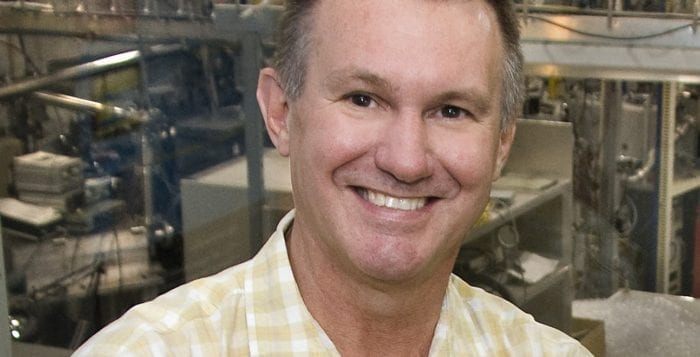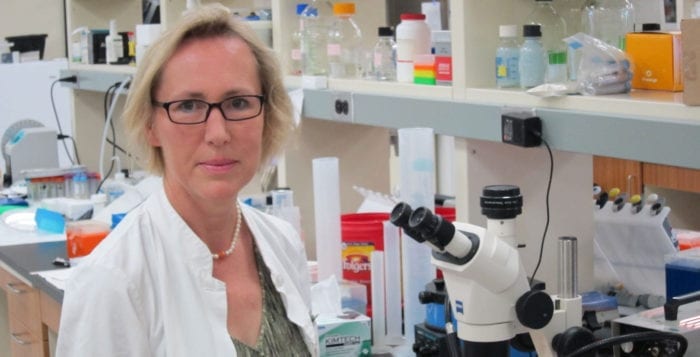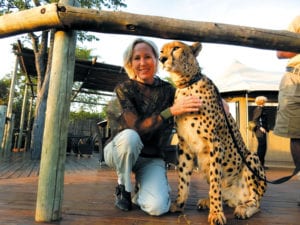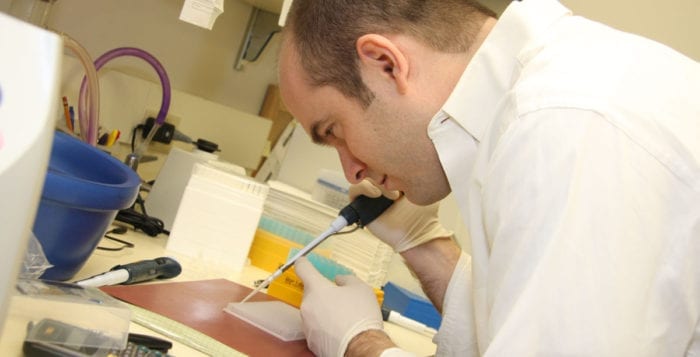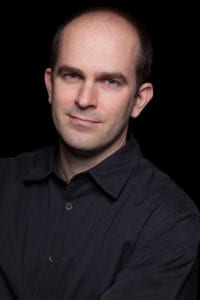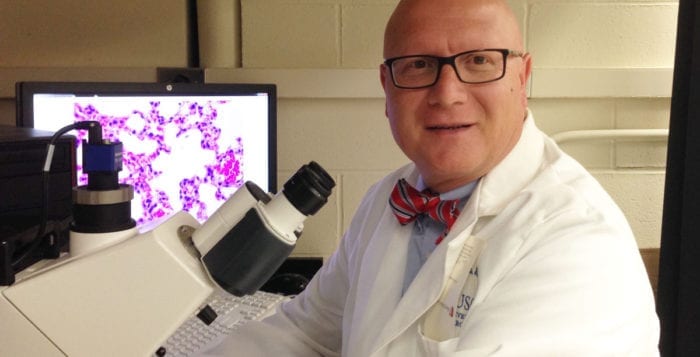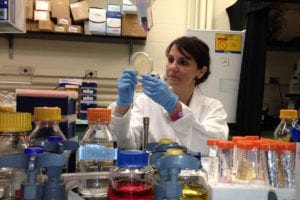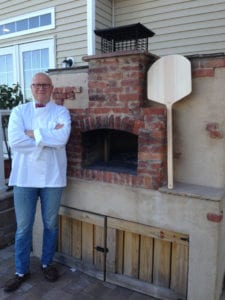My brothers are getting ready to celebrate their birthdays, which are two days apart. OK, so, several years and two days apart, so, no, they aren’t twins who kept my mother in labor for more than 48 hours.
At times I thought perhaps I, the middle child, should have been born on the day in between them. That way, my parents would have gotten all the birthday parties for the year done in one week.
Then again, it would have been hard for any of us to own more than 24 hours if we were all making plans for something special in the same narrow window of time.
As a longtime baseball devotee and recreational player, I always imagined the best thing I could do on my birthday would be to attend a Yankees game.
Over time, the focus on my birthday has changed. Yes, I enjoy my wife’s chocolate chip cookies, which she bakes as often as I like and, yes, I enjoy the calls and the cards. However, I don’t anticipate the day the same way I did when I was my children’s age, as they count down the days, hours and minutes until their annual celebration.
My son, who also loves baseball — hmm, I wonder how that happened? — has often talked about going to a game on his birthday, which is, conveniently, during the summer. The biggest challenge to making that happen is that he plays baseball so often that his games often conflict with Yankee games. In fact, during some weeks in the summer, he plays more games than Alex Rodriguez. OK, well, maybe that’s a bad example because poor A-Rod, who is a shell of his former self, hasn’t gotten much playing time these days.
Back to birthdays, though, if I could choose between a summer and winter birthday, I’m not sure which way I’d go. Let’s lay out the advantages of a winter birthday: For starters, I might get one of those natural gifts, when a snow day would eliminate all the hustle and bustle as the world stops and is covered with a white blanket. Nice as that sounds, that never happened.
My school friends were around on my birthday. During the summer, some of my son’s friends go to camp, where they might send him a snapchat or a text message around his birthday, but they can’t hang out, eat cake and swim in a pool.
I could also go skiing on my birthday. I love racing fast enough down a mountain that my eyes water from speeding down a trail. And, after an incredible day at Killington or Mount Snow, both in Vermont, I could relax in a lodge, in front of a fireplace, with my tired feet and exhausted knees propped up on the hearth.
I also enjoyed going to the beaches during the winter, when the crowds were gone and I felt as if I owned the windswept landscape, from one end of West Meadow Beach to the other.
OK, how about the disadvantages? Tests were at the top of that list. When I was in school, a test on my birthday wasn’t as much of a wet blanket as a test the day after my birthday, when studying superseded any birthday celebration.
The movies around the middle of the winter never seemed as much fun to attend as the ones during the summer, perhaps because of the pressure to prepare for school.
Still, while the grass may be greener, literally, for summer birthdays and the baseball season may be in full swing, the winter birthdays give those of us looking for festivities during the colder, darker months something to celebrate.
Ideally, we can enjoy these festivities all-year round, as we celebrate with our friends and family, particularly during frenetic birthday weeks.

